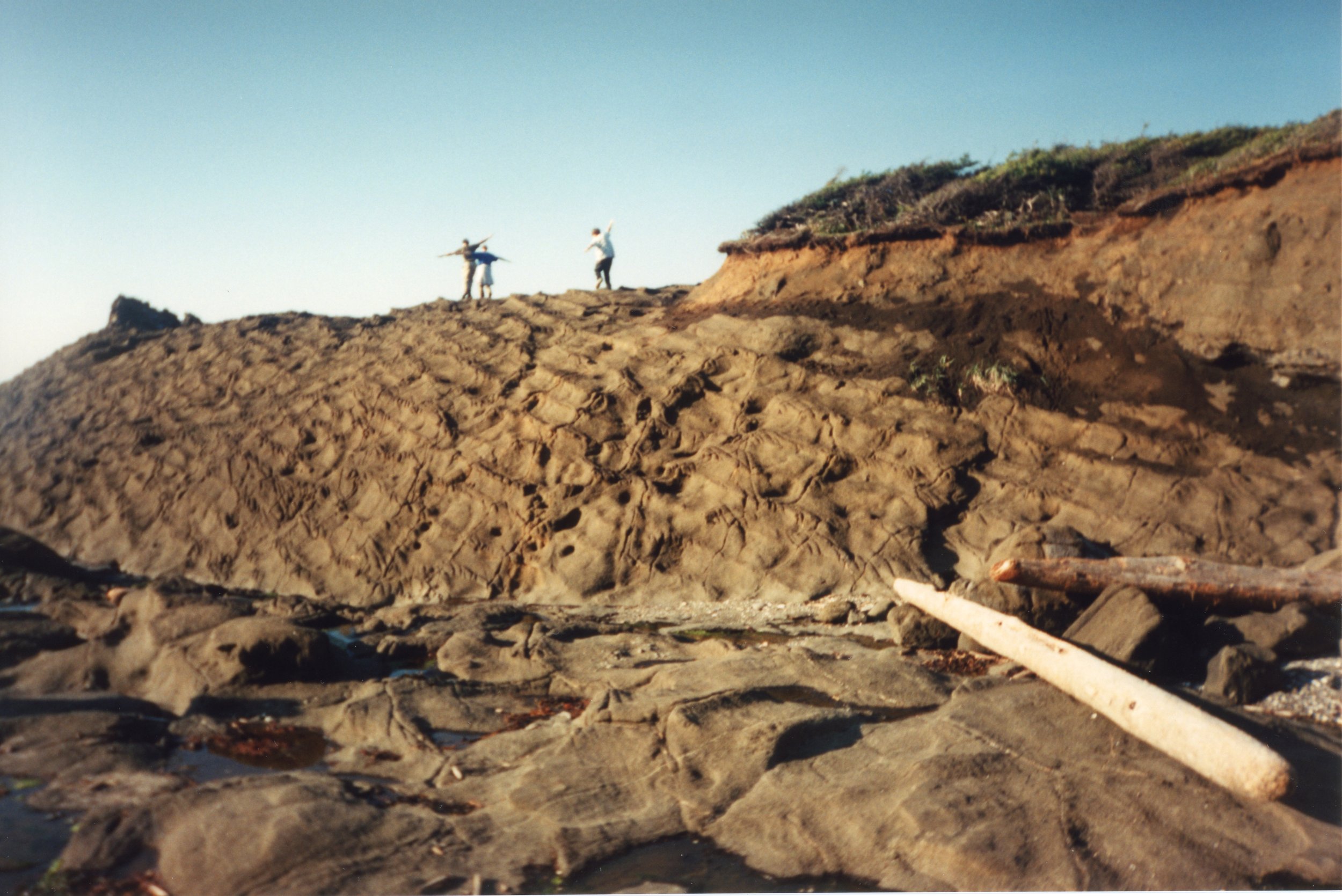Body to Land

Body to Land
The map above was retrieved with permission from Native-Land.ca.
We were drawn to this map because of the way it represents the land in a precolonial way, allowing for the visualization of Indigenous ancestral lands and the languages that grew out of the land, without colonial borders or names. Throughout this project, we will work with maps to reflect on our evolving relationship to the land, and our commitment to learn and to respect Indigenous teaching about their lands and how to enter and comport ourselves on each Nation’s land.
body to land
Over a period of years (2019-present) we will study and re-create through video and movement, seminal works from the repertoire that explore our emotional, physical and cultural relationship to land.
The works identified as the focus for the Body to Land project: Stone Soup, The River, and Gawa Gyani. These works all embody powerful concepts that express the relationship of humans to land and have something to offer to the conversation around reconciliation and the role of dance in creating bridges between cultures.
Our objective is to create, from the analog video material, writings, photos, drawings and maps that remain from each piece, a documentary video and live movement work that can be grasped by an audience as a singular whole.
Body to Land - Stone Soup
Stone Soup (1995-1997) is the first work we are addressing in this project. Underlying and central to Stone Soup is the Gitxsan concept of Gluk: a ceremony of redoing a wrong, as in replacing a rotten plank in the foundation of a structure. Doreen Jensen, Hahl Yee, Gitxsan elder, artist, writer, activist, educator and thinker, as well as a beloved friend and mentor, introduced and proposed the concept to create a dance that would fulfill a Gluk by touring BC asking permission to enter and dance on each of the First Nations territories we came to.
March 2020 was to be the official start of this 4 year project. Due to the pandemic, lockdown, the recent residential school revelations, and continued issues with gathering, we have had to postpone some aspects. Currently we are working on the Stone Soup video (1997). The performative outcomes will follow.
As for the voice-over on the Stone Soup film, Karen Jamieson writes: “it quickly became clear that this voice could not be mine. My voice needed to be very limited. What was required was that in each Nation’s land we come to, the voice must shift to the Indigenous leader or elder who has the authority to speak about the events that took place on that land. Delhia Nahanee proposed creation of a skeletal script to be developed and then sent to each of the voice-over participants. The people I have approached to take roles in the voice-over have all been very interested and supportive of the project. Most have agreed to participate and to the methodology and process. However, since the time of the horrific revelations of the residential school system, people have been focused on their families and communities in processing the grief and horror.”
The documentary is currently in production and voice-over participants include:
Delhia Nahanee: Villages of Laxgalta’p and Gitwinsilkh: Nisga’a
Simoget Yugadets, Chief Hagbwegathu, Vince Jackson: Village of Kispiox: Gik’ksan
Sharon Bryant: Village of Kitsumkalem: Tsimshian
Delores Pollard, Richard Pollard: Village of Kitimaat: Haisla
Guujaaw, Chief Gidansda: Villages of Masset and Skidegate: Haida
Xalek, Sekyu Siyam, Ian Campbell: Vancouver: Squamish, Musqueam
Gildedower Nîpîy apisis, Margaret Grenier, Cree, Gitk’san
We will use a map to follow the journey we took in 1997. We are looking at a map that marks the language groups defining the land of each Nation. We are intending to develop our map in consultation with the First Peoples Cultural Council.
The First Peoples’ Language Map of British Columbia was provided by the First Peoples’ Cultural Council, a provincial Crown corporation dedicated to the revitalization of B.C.’s First Nations languages, arts, cultures and heritage. For more information, visit: www.fpcc.ca.
We will keep you posted as we progress with this project!
This multi-year project is funded by The Canada Council for the Arts, The BC Arts Council, The City of Vancouver
We are extremely grateful for the generous, multi-year, private donation from the Chapple Family for B2L.





